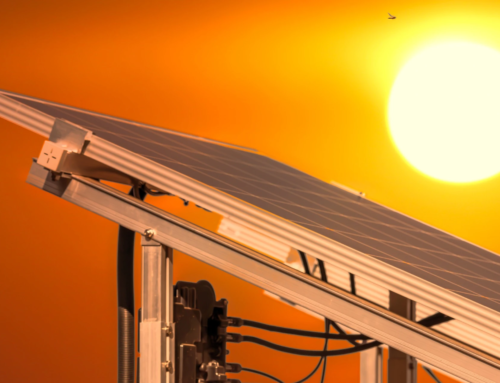India’s ISRO’s Chandrayaan-3 Successfully Tested
ISRO – The Indian Space Research Organization (ISRO), on Sunday (February 19) announced that its soon-to-be third mission to Moon, Chandrayaan-3’s lander has successfully undergone the EMI-EMC (Electro-Magnetic Interference/Electro-Magnetic Compatibility) test. It was conducted at the U R Rao Satellite Centre in the Indian city of Bengaluru between January 31 and February 2, said a statement by the national space agency, on Sunday (February 19).
















